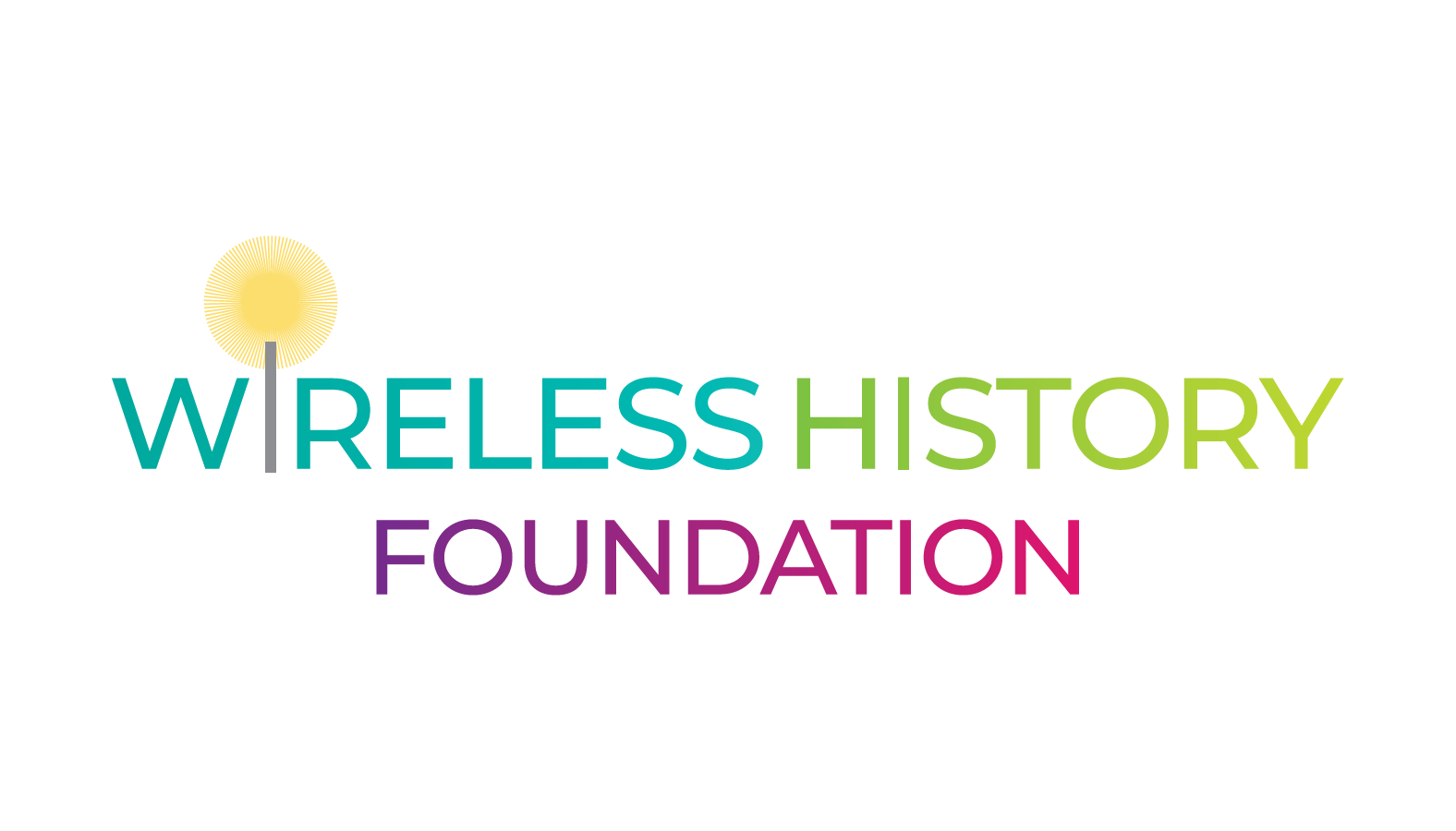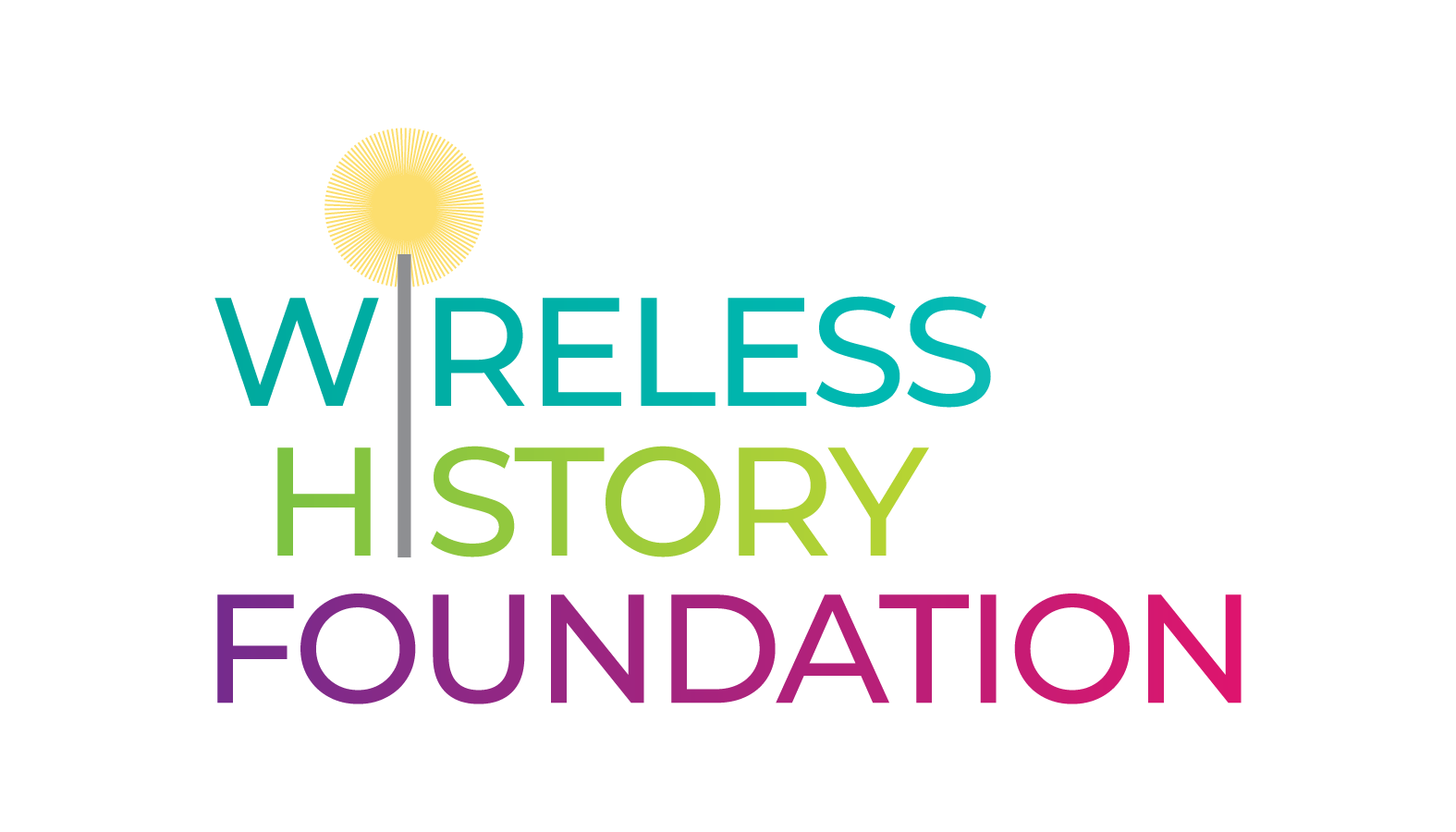Today, wireless communication can save lives and a century ago it was no different. This month was the 100th anniversary of the sinking of the Titanic. The Titanic’s much anticipated maiden voyage was already making news in April 1912, but when her last communication had been that she hit an iceberg and was calling out a CQD, or SOS for aid, this last bit of “news” was sent via Marconi wireless. For several days there was no further information on the Titanic’s fate or her survivors. The Carpathia had rescued lifeboat survivors, but that news wasn’t known for several days. Newspapers were scrambling for the story of what had actually happened to the Titanic. There was no news coming over the wireless!
Guglielmo Marconi, the designer of the Marconi radio system in 1897, was in New York that fateful April in 1912. His radio system was installed on the new ship Titanic, and its radio operators were not employees of the White Star Line but employed by Marconi Company. When the Carpathia finally pulled into New York harbor with the Titanic survivors on April 18, 1912, Marconi was among the hundreds of people waiting at the dock. He was one of the first people to talk with Harold Bride, one of the Titanic’s surviving radio operators, when the Carpathia docked.
Not only did Titanic’s sinking effect change in passenger ship regulation, it also was a direct influence on the passage of the Radio Act of 1912, in August of that year. The Act mandated that seagoing vessels continuously monitor distress frequencies. It also required amateur radio operators to be licensed and prohibited them from transmitting over the main commercial and military wavelengths. The Secretary of Commerce and Labor was responsible for implementing the Act, which set a precedent for international and federal legislation of wireless communications.
Wireless communication no doubt saved hundreds of lives in the Titanic disaster. But the New York Times stated after the U.S. inquiry, “Sixteen hundred lives were lost that might have been saved if the wireless communication had been what it should have been.” Improvements to wireless communication were on the way. Yet in the British inquiry of the Titanic it was stated “Those who have been saved, have been saved through one man, Mr. Marconi…and his marvelous invention.” Years later Marconi expressed regret that Titanic’s communication wasn’t better, and would lay a wreath at the Battery Park memorial of Jack Phillips, the wireless operator that went down on the Titanic as he continued sending out distress signals. Lives were lost in the Titanic tragedy, but wireless communication played a huge part in saving lives. Today as wireless continues to improve, we hope that it continues to save lives as well.

